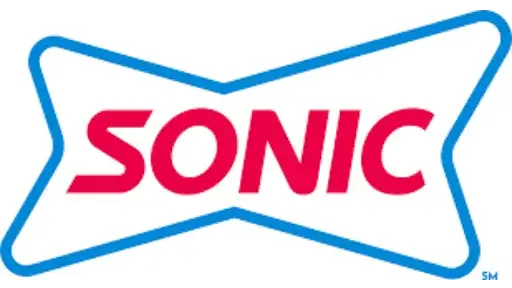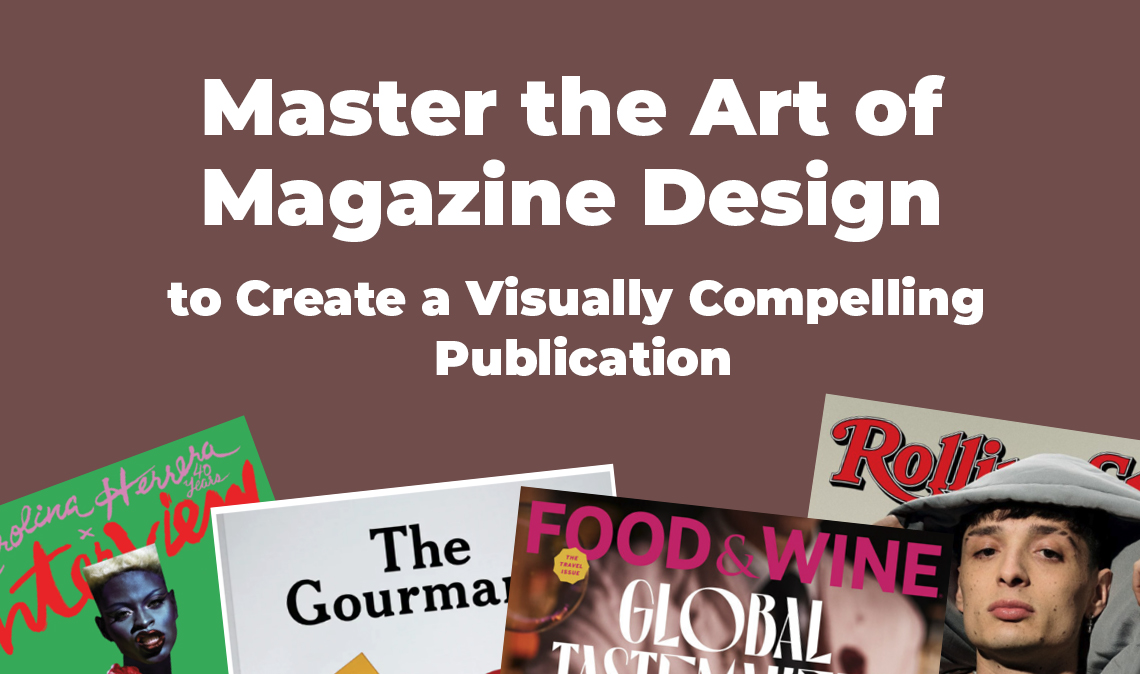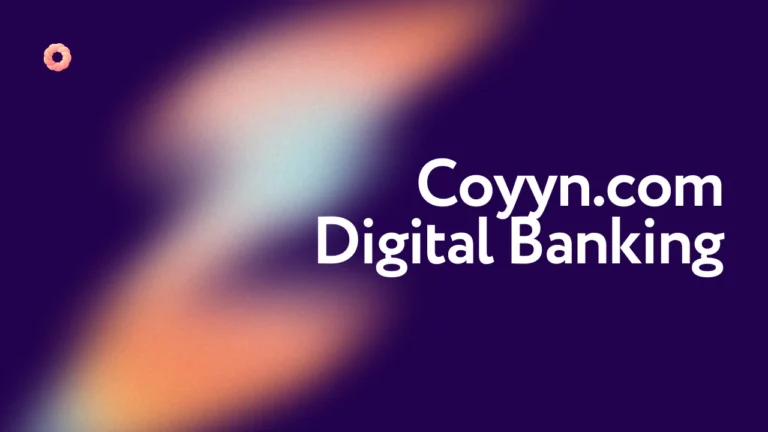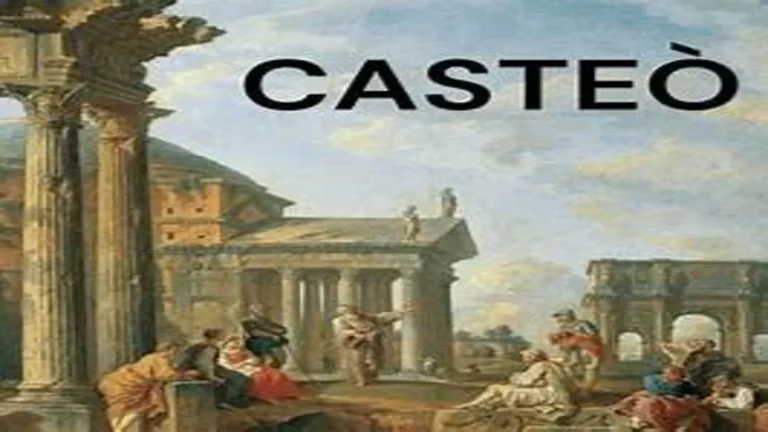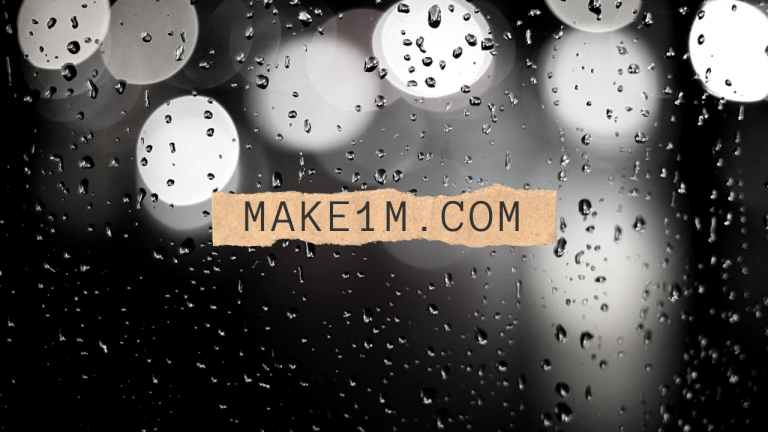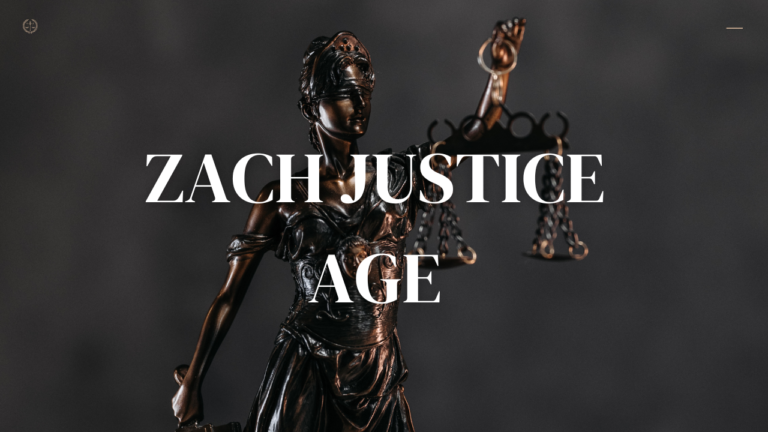The Art of Magazine Design: Crafting Visually Impactful and Engaging Content
Magazine design is a sophisticated endeavor that blends aesthetic appeal with strategic functionality, forming a platform that effectively communicates and engages its audience. Let’s examine the foundational aspects of magazine design that ensure a stunning yet effective presentation for any publication.
Incorporating elements like layout, color schemes, typography, and imagery can markedly transform a magazine’s impact. These components escalate visual appeal and significantly enhance readers’ readability and overall experience. Each part must be meticulously orchestrated to support and amplify the magazine’s theme and message.
Introduction to Magazine Design
The skill of magazine design involves more than just aesthetic appeal; it also involves creating a compelling story that quickly leads readers through the information. A well-designed magazine skillfully combines text, images, and layout to create an engaging visual narrative that stays with the reader. Understanding the essential elements of good design is crucial, whether you’re trying to investigate custom magazine printing services near me or branching out into digital forms. Its success is based on the harmony of visual components, each contributing to the reader’s trip and keeping their attention.
Essential Elements of an Eye-Catching Magazine Layout
An eye-catching magazine layout combines balance, hierarchy, and alignment. Balance ensures that no part of the page feels overwhelming or distracting, maintaining a harmonious design. Hierarchy guides the reader through the content, allowing them to perceive and prioritize information effortlessly. Alignment organizes the elements, setting a rhythm that creates a cohesive and engaging narrative across the publication.
The Role of Color in Magazine Design
Colors are among the most potent tools in a designer’s arsenal. They can evoke emotions and set the magazine’s tone. Whether used as a background, accent or highlight, colors can transform a standard layout into an enticing and memorable experience. Understanding color psychology empowers designers to weave visual stories that are appealing, contextually relevant, and emotionally engaging.
Typography: Choosing the Right Fonts and Styles
Typography doesn’t merely involve selecting fonts; it’s about creating a visual language that resonantly complements the magazine’s content. The right typography enhances readability and conveys the magazine’s character. It’s the art of balancing different font styles and sizes to construct a hierarchy, guiding the reader smoothly and intuitively through the narrative and ensuring that the text supports the overall aesthetic vision.
Integrating High-Quality Imagery: Tips and Tricks
Visuals are integral to storytelling within a magazine, bringing depth and context to written content. High-quality images elevate a publication’s aesthetic appeal and thematic consistency. Diverse imagery, such as professional photographs, illustrations, and graphics, should align with the magazine’s narrative, enhancing the reader’s grasp of the subject matter and enriching the visual experience.
Balancing Creativity with Functionality
Striking the correct balance between originality and usefulness is essential in magazine design. Innovation in design is necessary to capture the reader’s attention and set the publication apart in a crowded market. However, this innovation mustn’t compromise the primary objective of the magazine: to make content easily accessible and enjoyable for the reader.
A well-designed magazine goes beyond mere aesthetics; it creates an environment where creativity and readability work in tandem. Vibrant illustrations, engaging layouts, and unique typography should enhance the reading experience rather than distract from it. When visual elements are thoughtfully integrated, they can highlight important information and seamlessly guide the reader through the content.
Moreover, functionality encompasses ease of reading, and the layout supports the narrative flow. It includes considering factors such as text hierarchy, white space, and the relationship between visual and textual content.
Trends in Magazine Design Today
As media consumption continues to transform in response to technological advancements and changing audience behaviors, trends in magazine design are also undergoing significant evolution. Currently, magazine design is heavily influenced by a strong inclination towards minimalism, which emphasizes clean lines, ample white space, and a reduction of clutter to create a more focused reading experience. This design approach enhances readability and allows for a more refined visual aesthetic that aligns with contemporary consumer preferences.
In addition to minimalism, there is a growing emphasis on interactive content, which encourages reader engagement through elements such as QR codes, augmented reality features, and dynamic layouts. These interactive components make the reading experience more immersive and allow for real-time updates and deeper exploration of topics, catering to a tech-savvy audience that values interactivity.
Another notable trend is a bold font, which effectively draws attention and expresses individuality. Designers are increasingly experimenting with different font styles, sizes, and colors to create visual hierarchy and distinct brand identities. This strategy improves magazines’ aesthetic appeal and helps readers easily navigate the material.
Staying informed about these emerging trends is essential for designers who aim to create visually appealing, relevant, and engaging publications. By adapting to new technologies and shifting audience preferences, designers can ensure their work resonates with readers and maintains a competitive edge in a rapidly changing media landscape.
Conclusion: Making Your Magazine Stand Out
A magazine is more than just a random assortment of articles and images; it represents a meticulously curated experience that engages and captivates its audience. This process involves thoughtful orchestration of various design elements that harmoniously draw readers in and maintain their interest.
Designers play a crucial role in this orchestration by leveraging fundamental principles such as layout, color theory, typography, and imagery. The design is the foundation, guiding the reader’s eye through the content intuitively and ensuring that the most important elements are highlighted effectively.
Color is more than just ornamental; it arouses feelings and establishes the publication’s overall mood. Understanding color psychology allows designers to select palettes that resonate with the magazine’s theme and target audience. Typography, too, is a significant aspect—choosing the right fonts can enhance readability while also conveying the magazine’s personality, whether playful, sophisticated, or modern.
Imagery, from photographs to illustrations, adds depth and dimension to the storytelling, providing visual breaks and enriching readers’ experiences. Carefully selected images can evoke nostalgia, inspire action, or entertain, making them essential components of the magazine’s narrative.
Keeping up with the most recent design trends is equally crucial for designers. The ever-evolving landscape of visual communication demands an awareness of what captivates contemporary audiences, allowing magazines to remain relevant and engaging.
